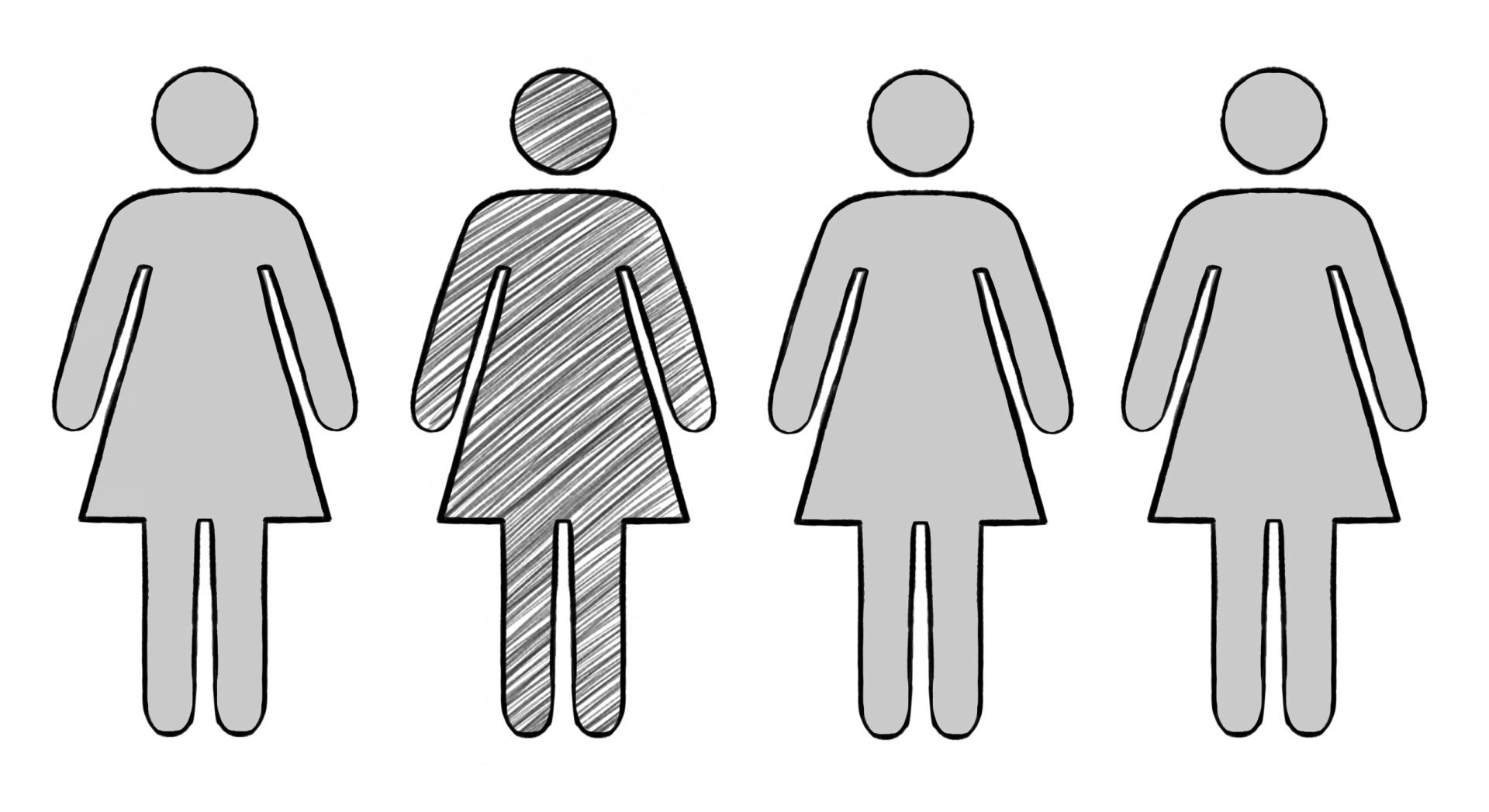
According to the 2015 Association of American Universities Survey, 1 in 4 women experience sexual assault on college campuses. The true prevalence of sexual assaults, however, is not definitively known due to the deeply personal and traumatic nature of these crimes. At Lewis & Clark, this fear of reporting may be even more acute because of the small size of the campus. Furthermore, alternative pathways for reporting sex crimes influences whether or not they appear in statistics. That said, reported cases are public information.
One sexual assault was reported on campus in 2016 in the Crime Statistics report published by Campus Safety. This number does not tell the whole story, however. According to Vice President and Provost Jane Atkinson, this report only lists “crimes that have been reported to and documented by Campus Safety on a police investigation report.” Sexual assaults, which cover any coerced or non-consensual sexual act, are notoriously underreported to the police.
The Daily Crime Log provides additional information: any crime that involves Campus Safety is reported on the Campus Safety homepage regardless of whether the survivor follows up with the Portland Police Department. This log is federally mandated to keep the community informed, as is the Annual Security Report, which is a comprehensive compilation of all the crimes that involve the college each year.
According to the 2016 Daily Crime Log, there were three cases of sexual assault in April, three in September, three in October, and one in December. This is only looking at cases that were reported during the Fall and Spring semesters. Therefore, this crime log shows ten cases as opposed to the one publicly reported case that shows up in the Crime Statistics.
These crimes are often reported “to members of the Title IX team or to faculty and staff, who in turn are required to report to the Title IX Coordinator,” said Atkinson. Title IX requires schools to address sexual assaults and take steps to ensure the student’s safety. Each reported case on the Daily Crime Log had one ongoing or closed Title IX investigation, even without a police report. The depth of the investigation is dependent on the survivor’s wishes. Atkinson also explained that all employees are mandated reporters except staff for health and counseling, clergy, Ombudsperson Valerie White, and students trained as Sexual Assault Response Advocates.
Maya Litauer Chan, a Feminist Student Union member, said “this semester and last, no one reported an assault to our Sexual Assault Response Advocates, as far as I know.”
There are many avenues for reporting these crimes, and these avenues often do not handle the cases in the same way. It is hard to glean a comprehensive picture of what the rates of sexual assault are, obscuring how the campus can better support its students.
Subscribe to the Mossy Log Newsletter
Stay up to date with the goings-on at Lewis & Clark! Get the top stories or your favorite section delivered to your inbox whenever we release a new issue.

Leave a Reply